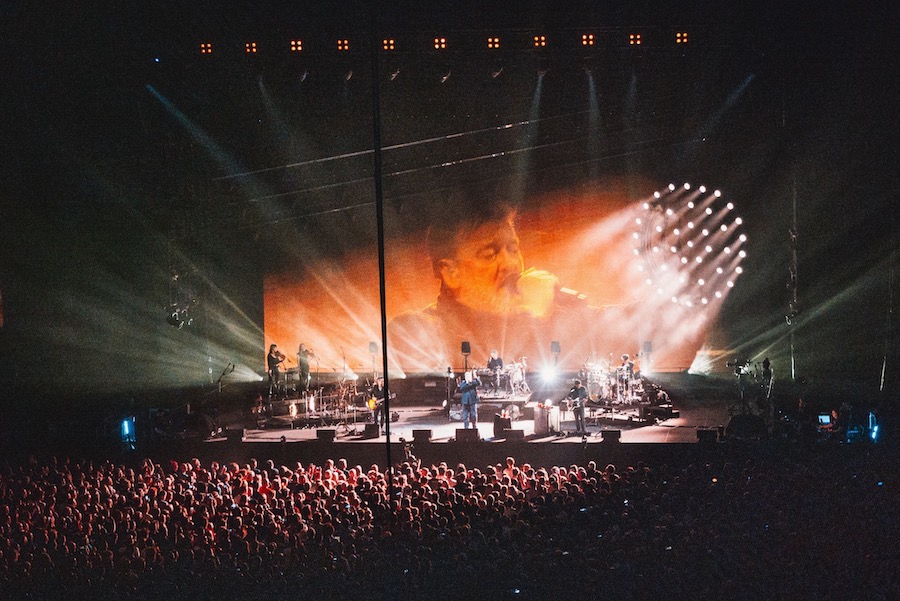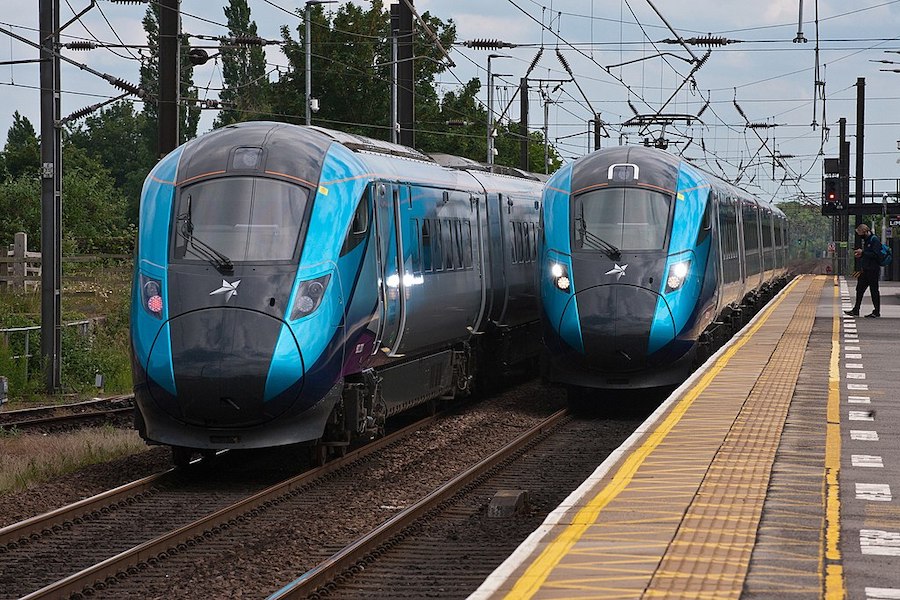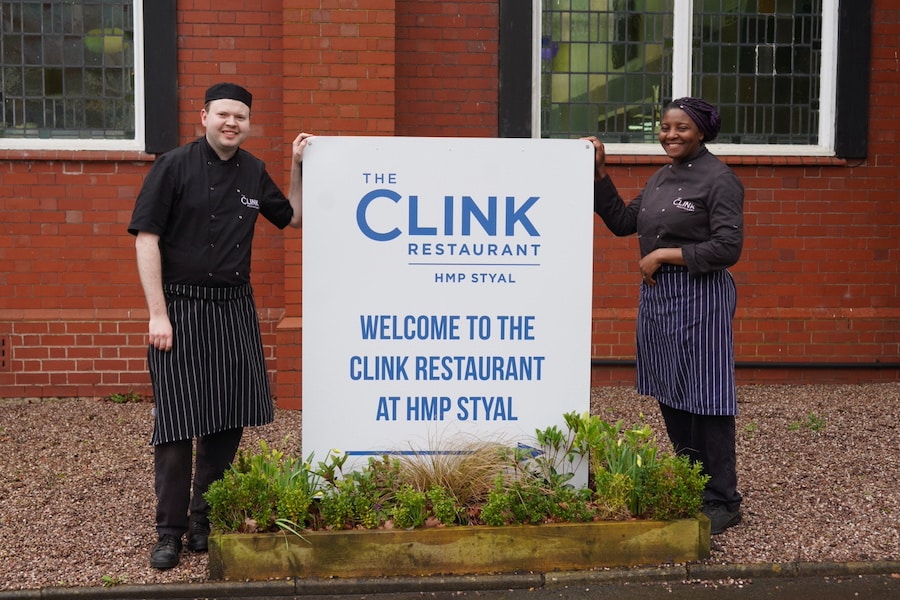How Manchester has evolved on screen – from gritty dramas to big budget productions
- Written by Susan Griffin
- Last updated 4 years ago
- City of Manchester, Culture, History, TV & Radio
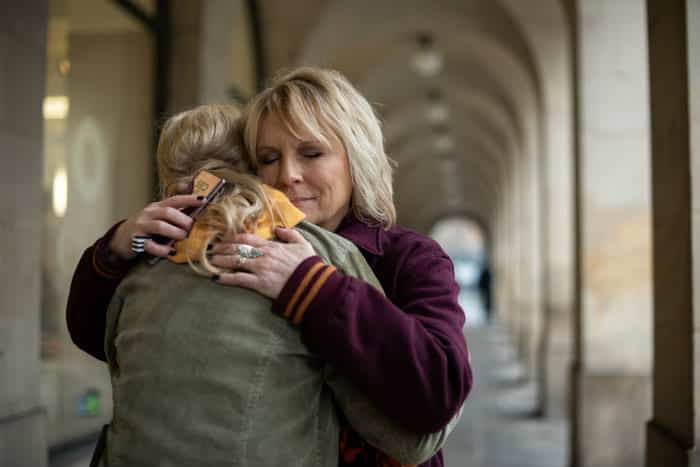
Just as Manchester’s evolved over the decades, so has its depiction on screen.
For a long time, Manchester was only associated with the cobbled streets and terraced houses of Coronation Street’s Weatherfield and stark industrial waste ground in gritty dramas.
But new TV projects, such as The Stranger on Netflix, marks a new turning point for the city as a filming location that’s been evolving to reflect its growth and development.
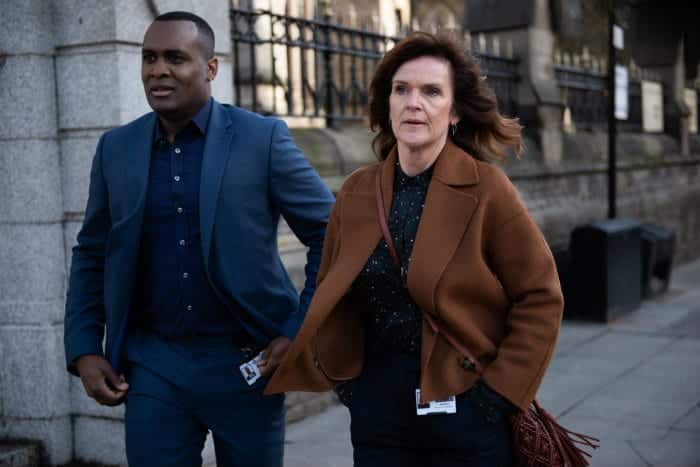
“In the 1970s, Manchester wasn’t the up-and-coming city it’s become. There was in many ways a faded grandeur to it,” says Dr Andy Willis, professor of film studies at the University of Salford.
“But I think people would shoot in Manchester for those old, empty industrial landscapes, and you’ll see things from the 1980s that were shot in Salford Docks.
“It’s all run-down and almost seen as ghost city, an industrial city that’s no longer thriving, just empty warehouses and factories.”
This depiction of the city continued into the early ’90s with the likes of Band of Gold, about a group of prostitutes, which was partly shot in Ashton-Under-Lyne, and crime dramas such as Cracker starring Robbie Coltrane and Prime Suspect with Dame Helen Mirren.
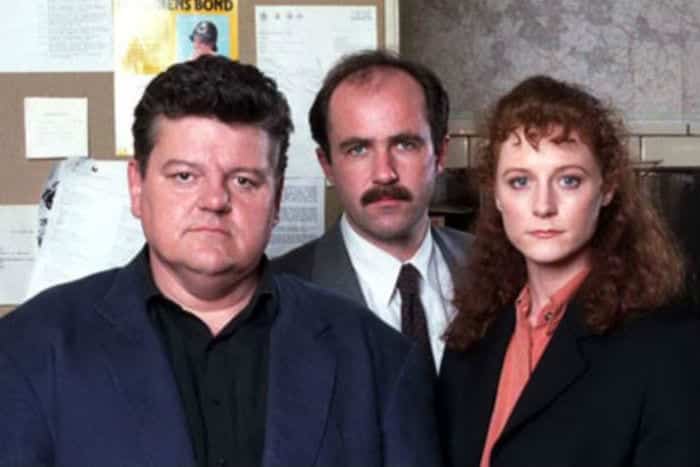
“They would tend to show those less glossy images because of the nature of the genre. They were about the darker underbelly of a city, the night-time economy, prostitution,” says Willis.
Then in 1997, along came Mike Bullen’s Cold Feet, about a group of 30-somethings starring James Nesbitt and Helen Baxendale.
It was one of the first series to showcase the changes taking place in the city, and was soon followed by Queer as Folk in 1999, about a group of gay men partying around Canal Street, and Cutting It in 2002, which followed a group of people working in a hair salon in the Northern Quarter.
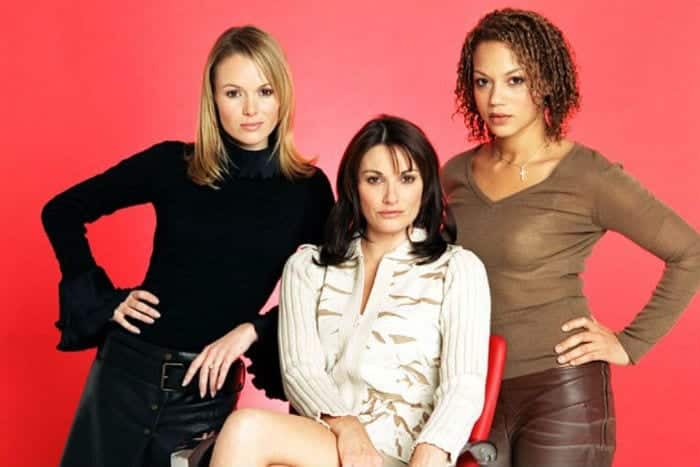
“They all started to show a Manchester that was very different than Coronation Street and those traditional back-to-back houses, and the industrial, working class,” says Willis.
“I think these three series all showed a more aspirational Manchester and the change in the city – the development of the gay village, the beginnings of the glass buildings in the Northern Quarter.
“It all looked very different, a lot more vibrant, modern and youthful than previous images of the city.”
Notably in Cold Feet, some of the key characters are people who had made a conscious decision to move to Manchester, “so it becomes a city where people want to get on,” says Willis.
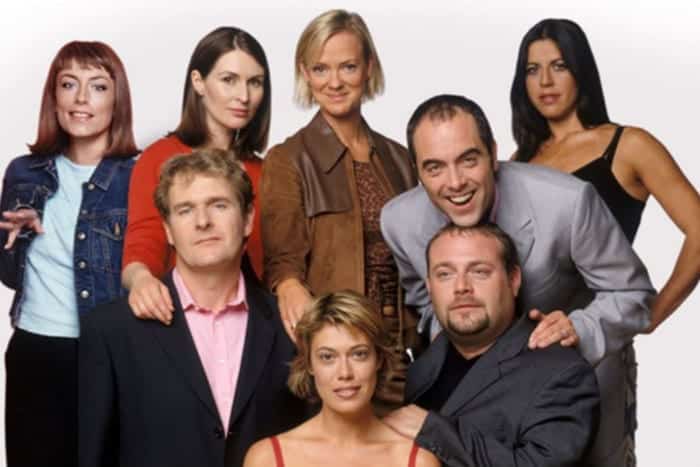
“That’s where the city starts to become a different image on screen, it’s a space which is inviting for people in its modernity.”
The launch of Red Productions in 1998, the company behind Queer as Folk, also had an impact on people’s perception of the city.
“Granada always had a big presence, but Red Productions started using the new parts of Manchester, the Northern Quarter in particular, where there’s that explosion of new apartments being built, which is still ongoing,” says Willis.
“There was this new social and working space, where young up-and-coming professionals were looking to get on. Often, we’d seen people move to the south, but in these dramas, they’re comfortable living in Manchester.
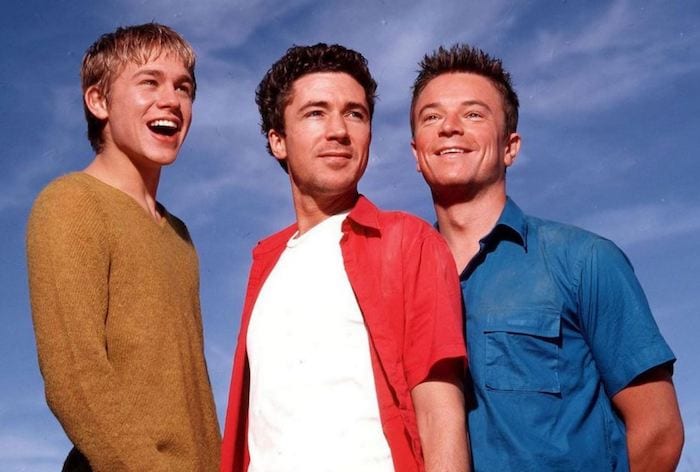
“It probably did encourage people to re-evaluate what living in the centre of Manchester might be like. It doesn’t look like this dark, post-industrial city; it’s a much more open and inviting place.”
That growing confidence really kicked in during the late ’90s as the city was reinventing itself.
“The TV programmes reflected that reinvention and in doing so, encouraged other people to come into the city and live that sort of lifestyle,” says Willis, but he notes that it’s not a case of “one set of images replacing an older set of images”.
“In a more humorous way, something like Shameless, which ran for a long time in the 2000s, continued [to perpetuate] some of those earlier images of petty thievery, and showed parts of the city as very rundown and marginalised, those images of Manchester as a working space inhabited predominantly by the working class,” says Willis.
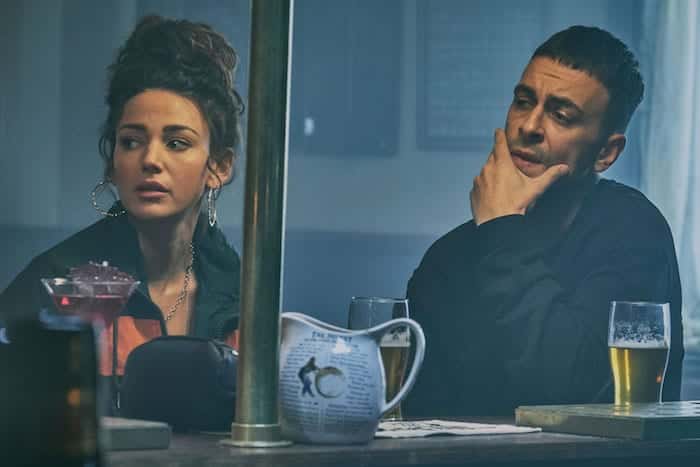
There’s a similar feel to the new Sky show Brassic starring Joe Gilgun and Michelle Keegan about a group of misfits living in the fictional town of Hawley.
“There are pop cultural images associated with Manchester, and images of the city that links into those sorts of programmes, which are inhabited by chancers and wideboys,” says Willis, and the city’s industrial past does have an enduring appeal.
“They’re forever filming in the Northern Quarter and near Barca and Dukes 92 in Castlefied, where the tram and canal meet.
“It presents a very particular industrial image, the metal and brick bridges, the railway, it creates quite an interesting picture, so that image does continue, but it’s no longer the only one.”
Fresh Meat, the comedy starring Jack Whitehall and Joe Thomas, which ran from 2011 to 2016, was set in Manchester, but “I don’t think it was ever overly explicit they’re using Manchester as a location,” says Willis.

“You could definitely recognise places, but I don’t think the fact it was shot in Manchester and Salford actually made that much impact. The location is sort of generically studenty, rather than generically Mancunian.”
Likewise, with The Stranger, “it’s vision of Manchester for the world,” says Willis.
“It’s a very modern, international city that’s not particularly distinctive. It doesn’t name Manchester, it’s just an added pleasure if you’re local and can see a character turn out of a road in Salford and they’re in Ancoats in the way television is shot but isn’t the geography people know.”
He believes that buoyed by the success of global shows like The Stranger, there could be a growing shift to use Manchester as a backdrop to the story playing out on screen, rather than making a lot of the location as a real geo-political space.
“As part of that ongoing evolution, I’m sure you’ll be getting a lot more people in TV dramas looking out of their 30th floor apartment across the city in a way you didn’t used to,” he says.
“TV dramas are also starting to use Ancoats as a location because of all the regeneration that’s gone on in the area.
“As that regeneration slowly bleeds out to other parts of the city then the locations for TV dramas will follow.”
- This article was last updated 4 years ago.
- It was first published on 20 March 2020 and is subject to be updated from time to time. Please refresh or return to see the latest version.
Did we miss something? Let us know: press@ilovemanchester.com
Want to be the first to receive all the latest news stories, what’s on and events from the heart of Manchester? Sign up here.
Manchester is a successful city, but many people suffer. I Love Manchester helps raise awareness and funds to help improve the lives and prospects of people across Greater Manchester – and we can’t do it without your help. So please support us with what you can so we can continue to spread the love. Thank you in advance!
An email you’ll love. Subscribe to our newsletter to get the latest news stories delivered direct to your inbox.
Got a story worth sharing?
What’s the story? We are all ears when it comes to positive news and inspiring stories. You can send story ideas to press@ilovemanchester.com
While we can’t guarantee to publish everything, we will always consider any enquiry or idea that promotes:
- Independent new openings
- Human interest
- Not-for-profit organisations
- Community Interest Companies (CiCs) and projects
- Charities and charitable initiatives
- Affordability and offers saving people over 20%
For anything else, don’t hesitate to get in touch with us about advertorials (from £350+VAT) and advertising opportunities: advertise@ilovemanchester.com
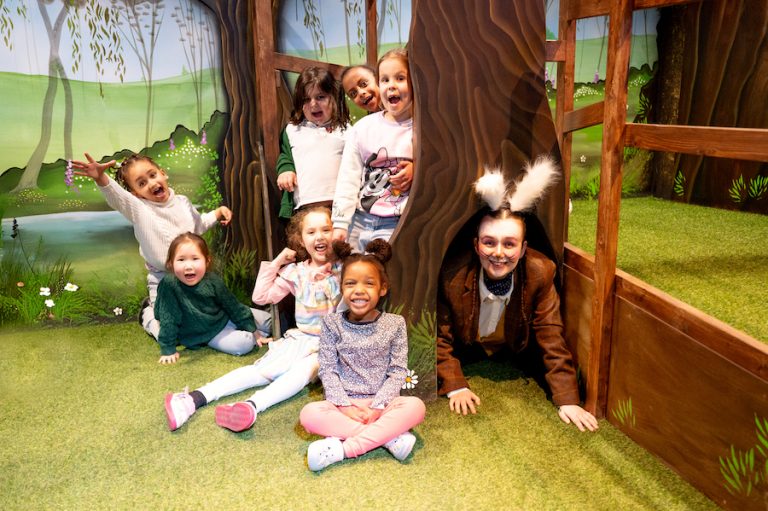
Head down the rabbit hole for Adventures in Wonderland with Z-arts
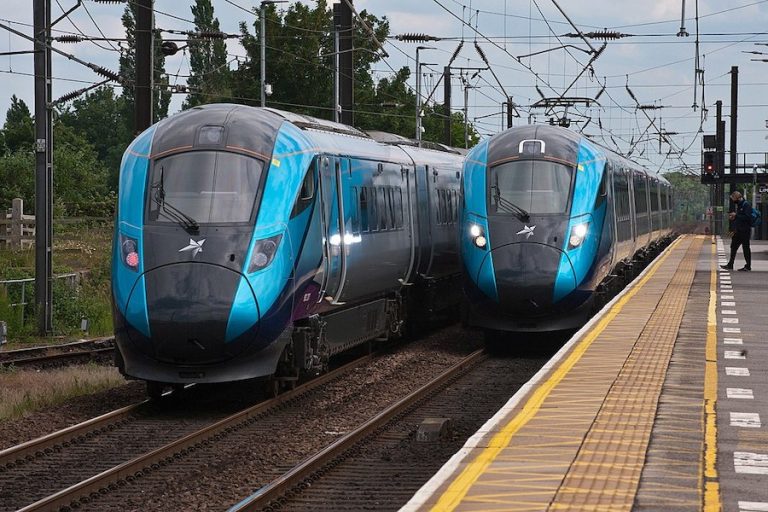
Major rail investment set to transform Manchester-Leeds commutes

“His presence will be deeply missed” Children’s hospice bids farewell to their visionary CEO
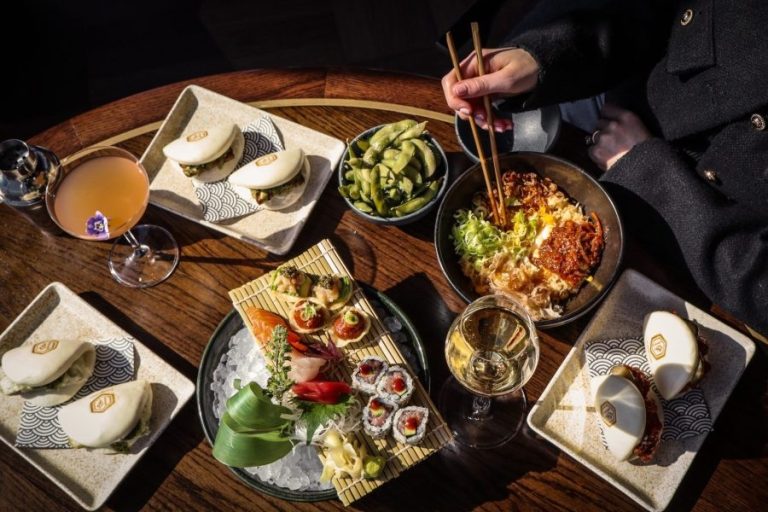
Has Gordon Ramsay created Manchester’s ultimate bottomless brunch?

The Clink celebrates ten years of empowerment and second chances








